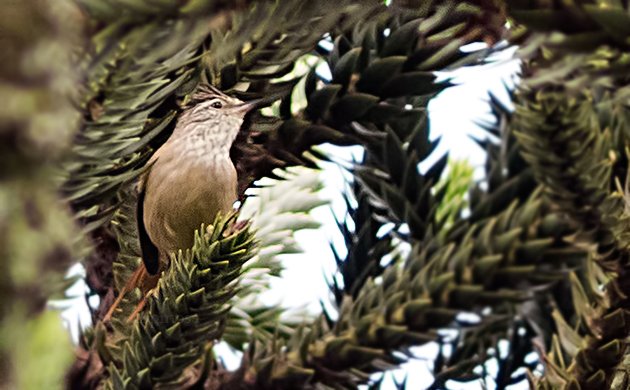
continued from: Birding Argentina – Salto Encantado | Yaguarundy
We left Yaguarundy in search of the Araucaria Provintial Park located in the town of San Pedro, Misiones. This is a short drive of about 25 km and you have to drive through the town since the park is located at the edge of town. We stopped at this park in search of the Araucaria Tit-Spinetail which is near-threaten due to the destruction of its highly specialized habitat, the Araucaria trees. This tree is of the coniferous family and this bird has made its life around the southern temperate forest where this tree has been constantly destroyed to clear for farmland development.
We did not find any maps for the park but we drove around on narrow dirt roads that crossed park. There were no clear signs indicating the beginning or the end of the park; it was a very small city park made up of araucaria trees that have not been destroyed and are now protected.
We stopped often looking and listening for the bird. It finally paid-off when I spotted a little bird that crossed the road high up near the tree tops (30 meters high!) and I took a couple of shots just in case. Luckily it was the spinetail.
It took another five minutes until it finally pooped up from the bushy-thorny tree tops to show itself.
 Araucaria Tit-Spinetail on Araucauria Tree
Araucaria Tit-Spinetail on Araucauria Tree
We also heard parrots but we could not get close enough to see them, we were hoping to see the Vinaceous-breasted Amazons which are now listed as endangered and there is a famous group of them that can be seen in town. It seemed like our luck had run out since the parrots went quiet and we could not locate the exact area of their hiding place.
Although this special forest is home for more specialized birds, this patchy forest did not have many more active bird species so having seen this near-threaten bird was very lucky and completed our goal for this park.
We left the tall forest and headed toward a much larger park Cruce de Caballero where we could have a chance to see other specialties of this araucaria forest like the Helmeted Woodpecker. Unfortunately the road was being repaired and we were forced to take a different route than what we had planned. We lost additional time because the road was closed and had to wait for some locals that closed the road on purpose to complain about some issues to the local authorities.
When we rejoined highway 14 at the town of Dos Hermanos we decided to track back and reach Piñalito Provintial Park. We did not have much day light but the road was good and managed to spend the last daylight hours at the park.
We were met by a friendly park ranger that gave us a quick explanation of the nearby trails and we started our last hike for the day. We did not go very far but we were driven out of the bamboo forest due to the large quantity of mosquitoes and managed a tiny list: Golden-crowned Warbler, Black-goggled Tanager, Ocre-breasted Foliage-gleaner, Olivaceous Woodcreeper, and Planalto Woodcreeper.
On the way back to the car we could hear a group of parakeets that circled the forest and landed near the park entrance. It was a group of Reddish-bellied Parakeet which was a new bird for our list.
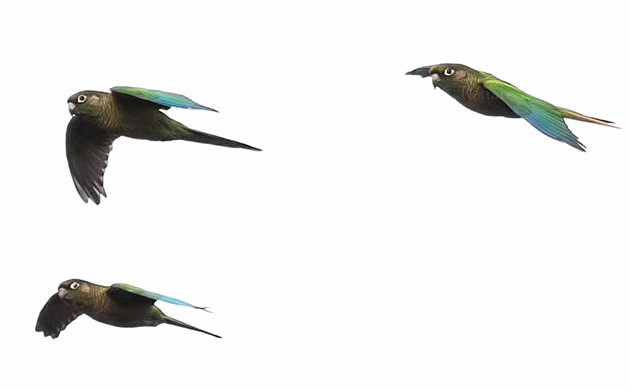 Reddish-bellied Parakeets in flight
Reddish-bellied Parakeets in flight
We left Piñalito and drove north to get to our next destination Bio-reserva Karadya.
to be continued ..


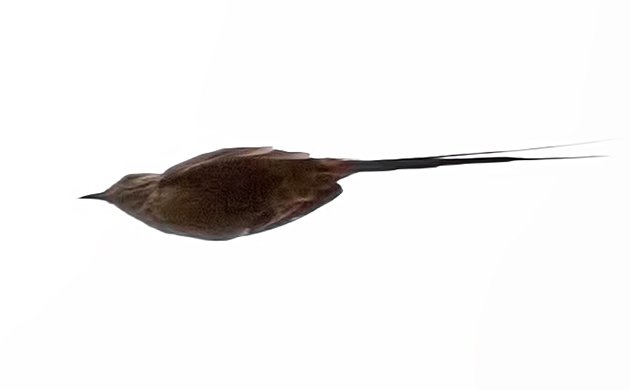
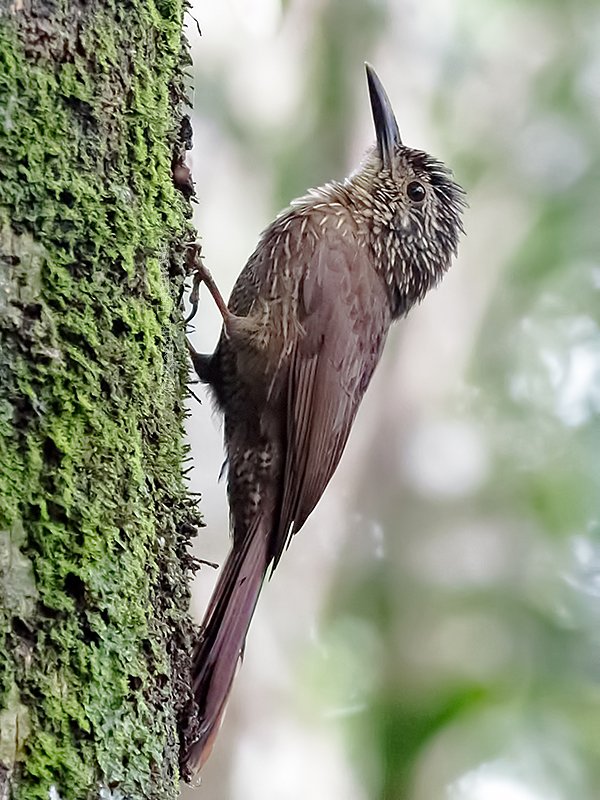
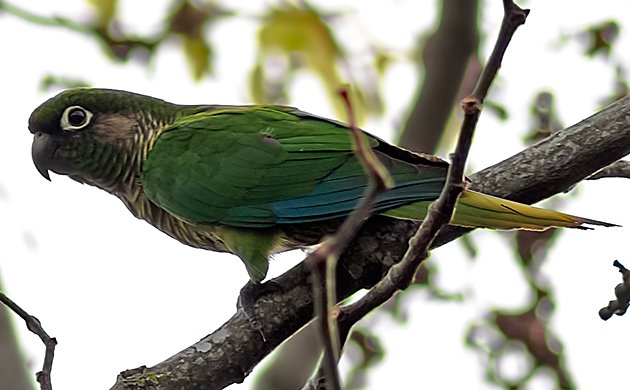






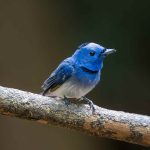




Fabulous photos of the Woodcreeper and the birds in flight!
Hi Wendy, thanks for your interest. Hope you are doing well.
El penalista tiene que viajar y tiene que moverse veloz, sobretodo si está de guarda hay que asistir
a un detenido fuera de la urbe.